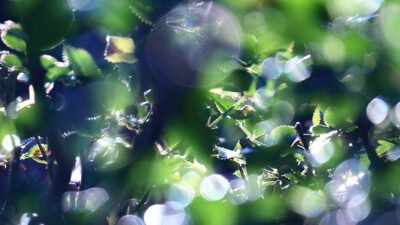
Jelajahi "simontok browser anti blokir 2024": Penemuan dan Wawasan yang Mencengangkan
Sudahkah Anda tahu tentang “simontok browser anti blokir 2024”? Browser khusus yang satu ini wajib ...

Sudahkah Anda tahu tentang “simontok browser anti blokir 2024”? Browser khusus yang satu ini wajib ...

Apa itu xnx xnx honeywell analytics 40? Xnx xnx honeywell analytics 40 adalah sebuah alat ...

Apa itu “bokeh no blur”? Bokeh no blur adalah teknik fotografi yang menghasilkan latar belakang ...

Apa itu “xnxubd vpn browser anti blokir 2023 terbaru gratis download mp3”? xnxubd vpn browser ...

Apa itu xnx xnx Honeywell Analytics 40 manual? xnx xnx Honeywell Analytics 40 manual adalah ...

Apa itu “xnxubd film bokeh full bokeh lights bokeh video google earth 2021 new link ...

Apa itu YouTube Biru? YouTube Biru adalah platform berbagi video yang menampilkan konten yang aman ...

Apa itu “xnxubd 2022 nvidia rtx voice download”? Xnxubd 2022 Nvidia Rtx Voice Download adalah ...

Apa itu museum video film Jepang? Museum video film Jepang adalah museum yang memamerkan koleksi ...